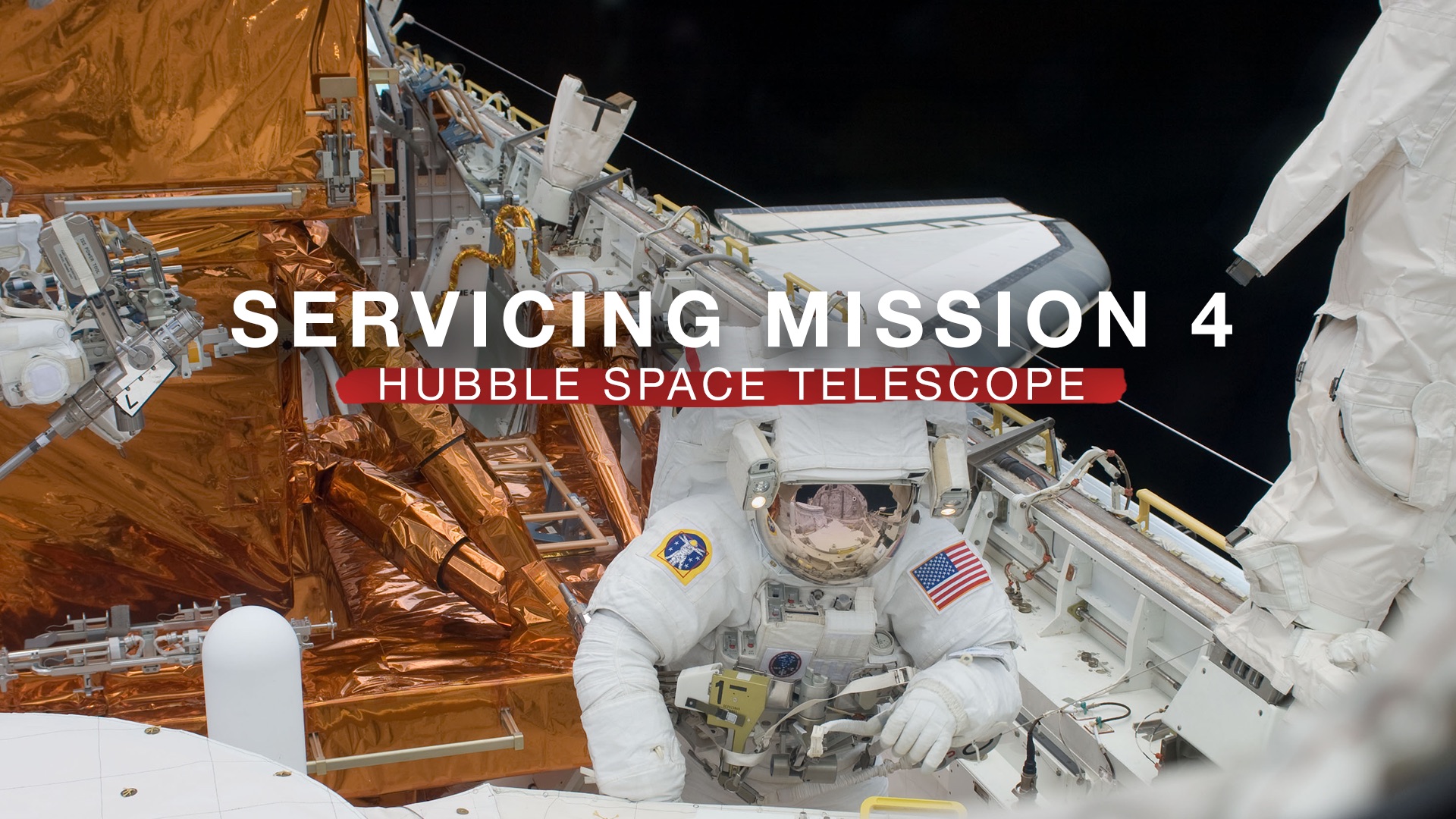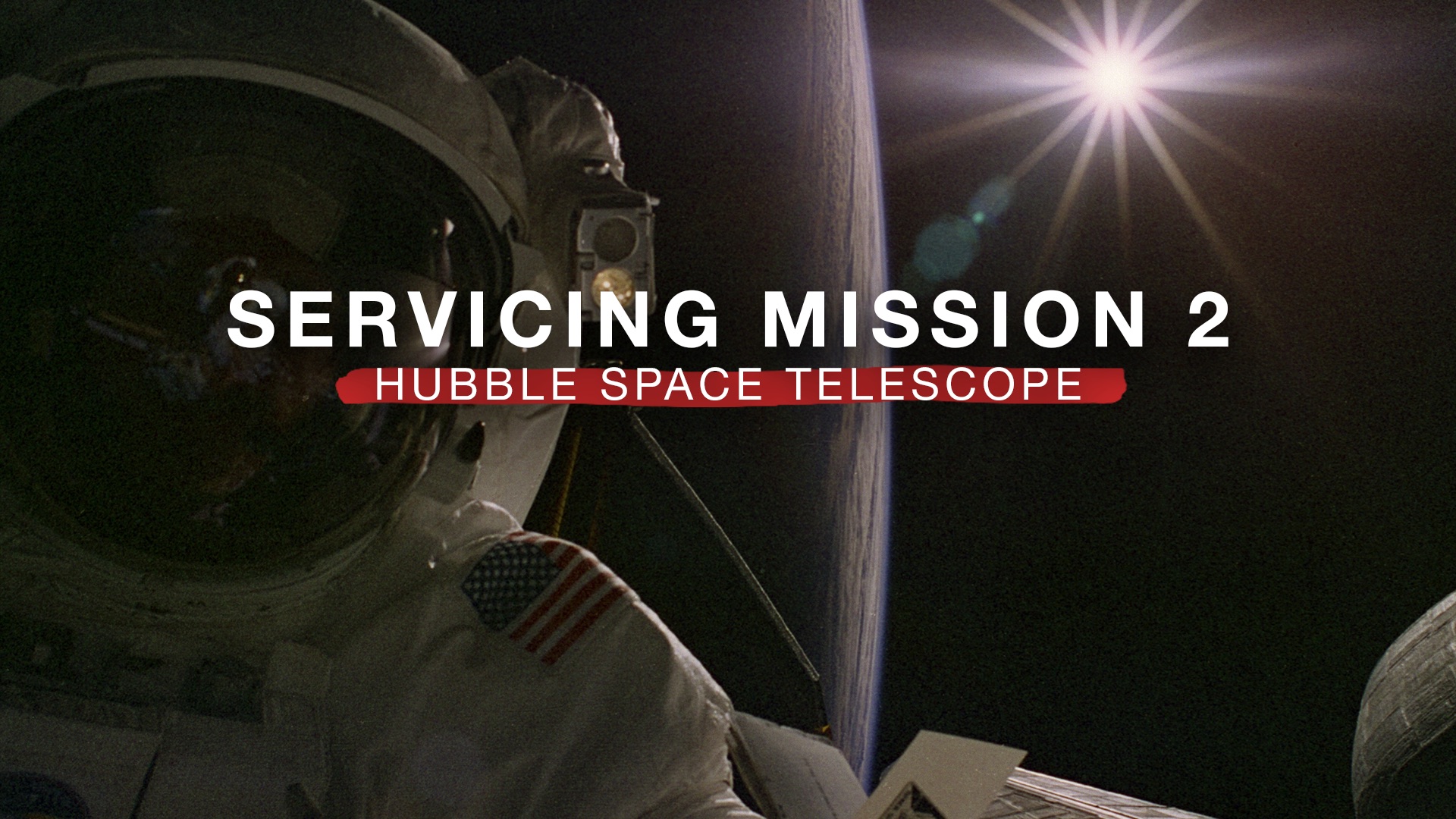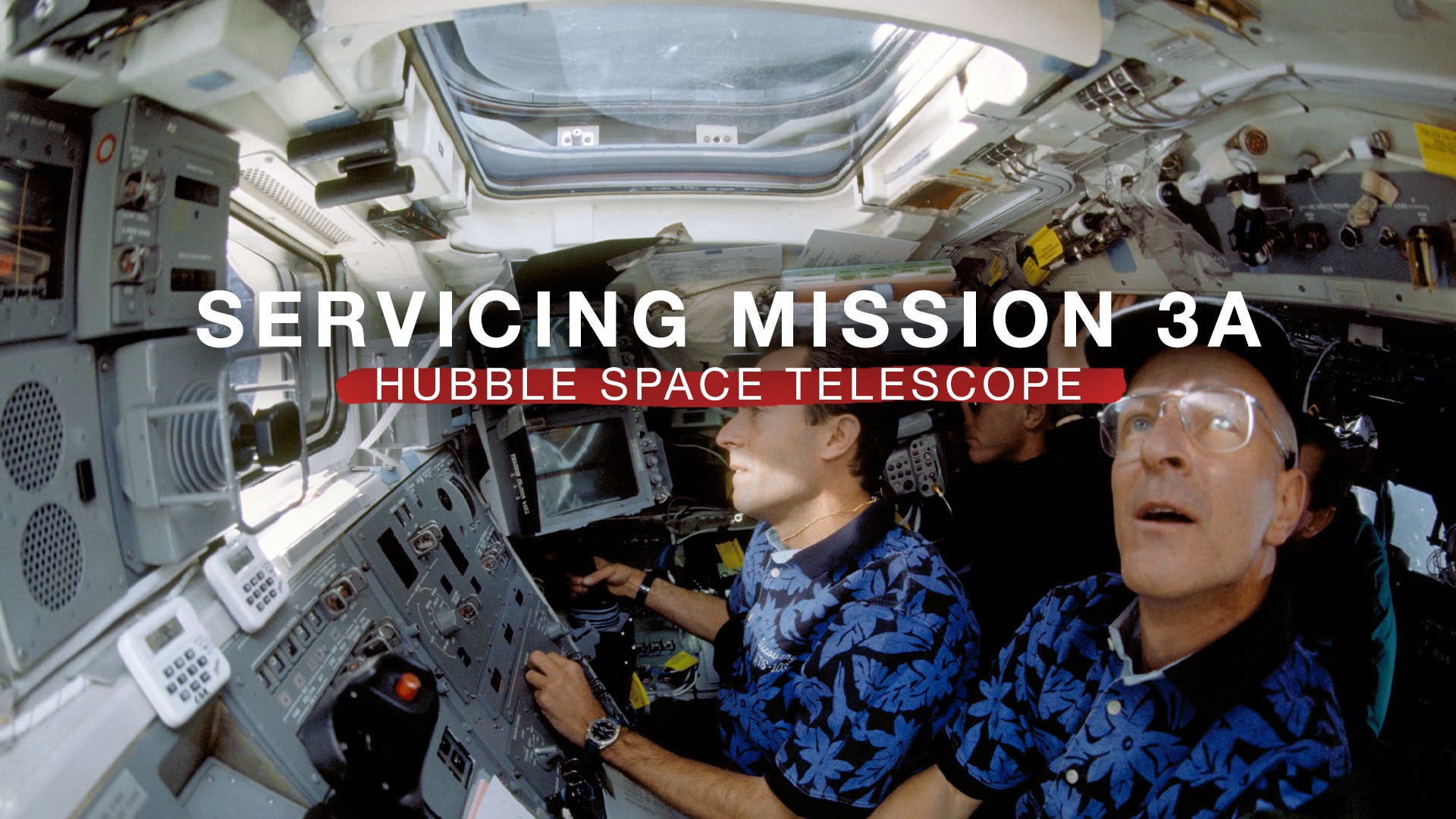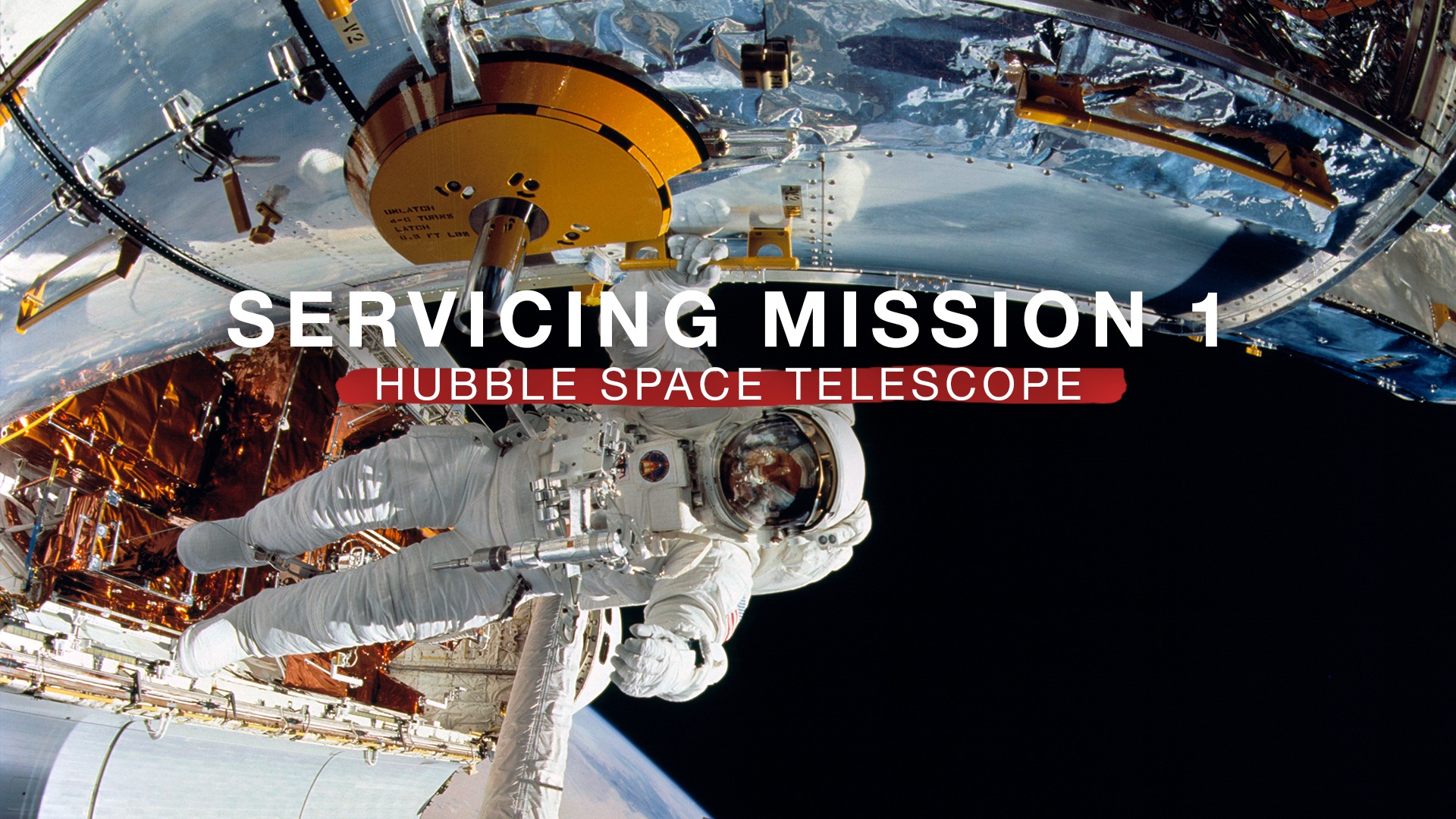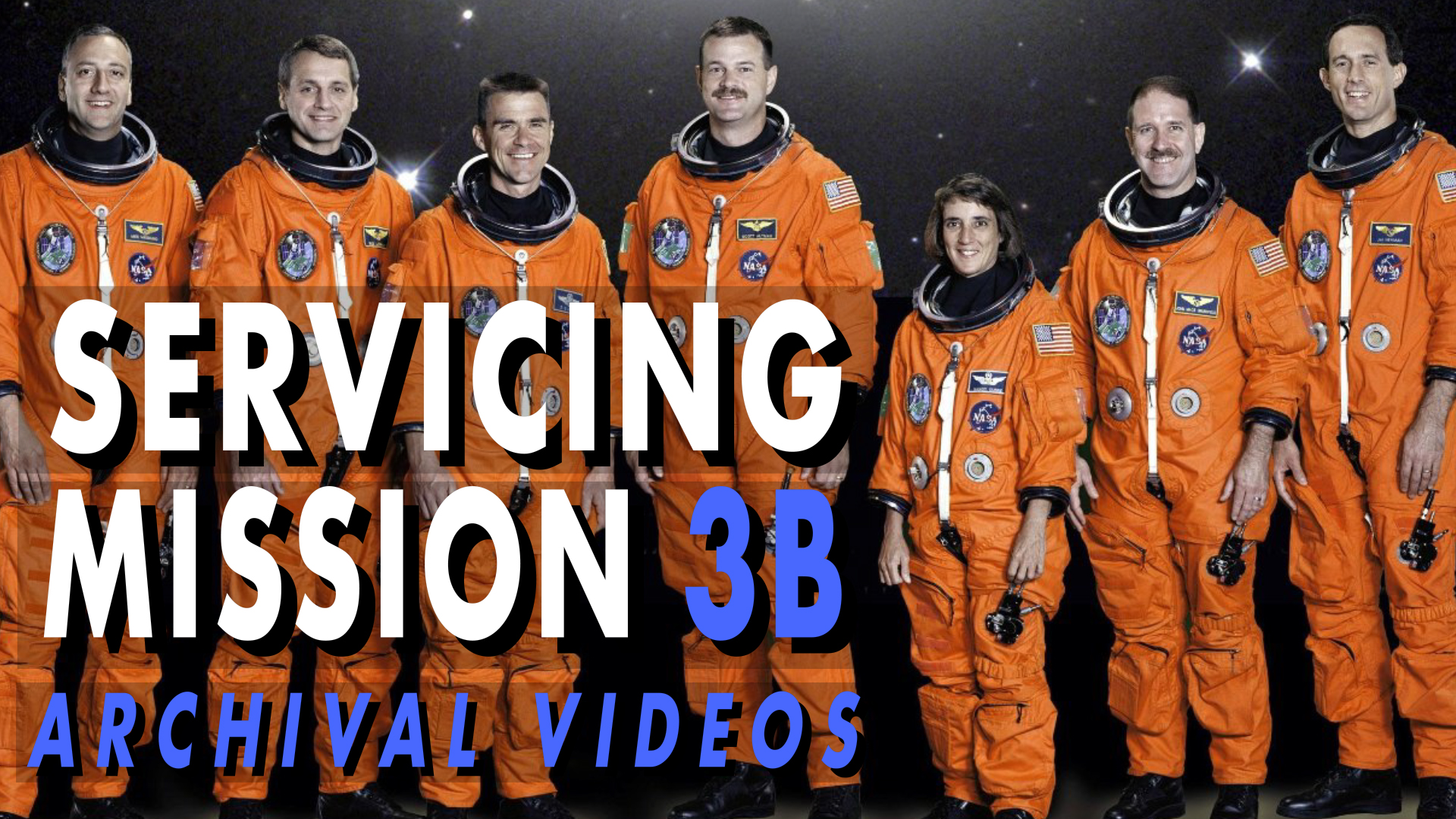Hubble’s Servicing Mission 3B
Servicing Mission 3B was actually the fourth visit to Hubble. NASA split the original Servicing Mission 3 into two parts and conducted 3A in December of 1999. During SM3B a new science instrument will be installed: the Advanced Camera for Surveys (ACS). Several other activities were accomplished as well over a 12-day mission with 5 spacewalks.
Four astronauts trained for five scheduled spacewalks to upgrade and service the Hubble Space Telescope during the STS-109 mission in early 2002. Three veteran astronauts, John M.Grunsfeld, James H. Newman, and Richard M. Linnehan, were joined by Michael J. Massimino, who will be making his first space flight.
Scott Altman, (Cmdr., USN), a two-time shuttle veteran, commanded the STS-109 mission. He was joined on the flight deck by pilot Duane Carey, (Lt. Col., USAF), making his first space flight, and flight engineer Nancy Currie (Lt. Col, USA, Ph.D.). Currie had three previous space flights to her credit.
For more information, visit https://nasa.gov/hubble.
Music Credits:
"Piano Bar" by Steve Marvin [SACEM] via Koka Media [SACEM], and Universal Production Music.
“On a Tightrope” by Jay Price [PRS] and Paul Reeves [PRS] via KAtmosphere Music Ltd. [PRS] and Universal Production Music.
"Cocktail For 3" by Steve Marvin [SACEM] via Koka Media [SACEM], and Universal Production Music.
"On Going Process" by Laurent Dury [SACEM] via Koka Media [SACEM], Universal Publishing Production Music France [SACEM], and Universal Production Music.
"Intrigues and Plots" by Laurent Dury [SACEM] via Koka Media [SACEM], Universal Publishing Production Music France [SACEM], and Universal Production Music.
"Hyperion" by Laurent Dury [SACEM] via Koka Media [SACEM], Universal Publishing Production Music France [SACEM], and Universal Production Music.
Motion Graphics Template Media Credits:
Lower Thirds Auto Self Resizing by cayman via Motion Array
Master Version
Horizontal version. This is for use on any YouTube or non-YouTube platform where you want to display the video horizontally.
Credits
Please give credit for this item to:
NASA's Goddard Space Flight Center. However, please credit individual items as indicated above.
-
Producer
- Grace Weikert (GSFC Interns)
-
Writer
- Grace Weikert (GSFC Interns)
-
Editor
- Grace Weikert (GSFC Interns)
-
Narrator
- Grace Weikert (GSFC Interns)
-
Support
- Paul R. Morris (USRA)
-
Technical support
- Aaron E. Lepsch (ADNET Systems, Inc.)
Missions
This page is related to the following missions:Release date
This page was originally published on Monday, March 1, 2021.
This page was last updated on Wednesday, May 3, 2023 at 1:44 PM EDT.
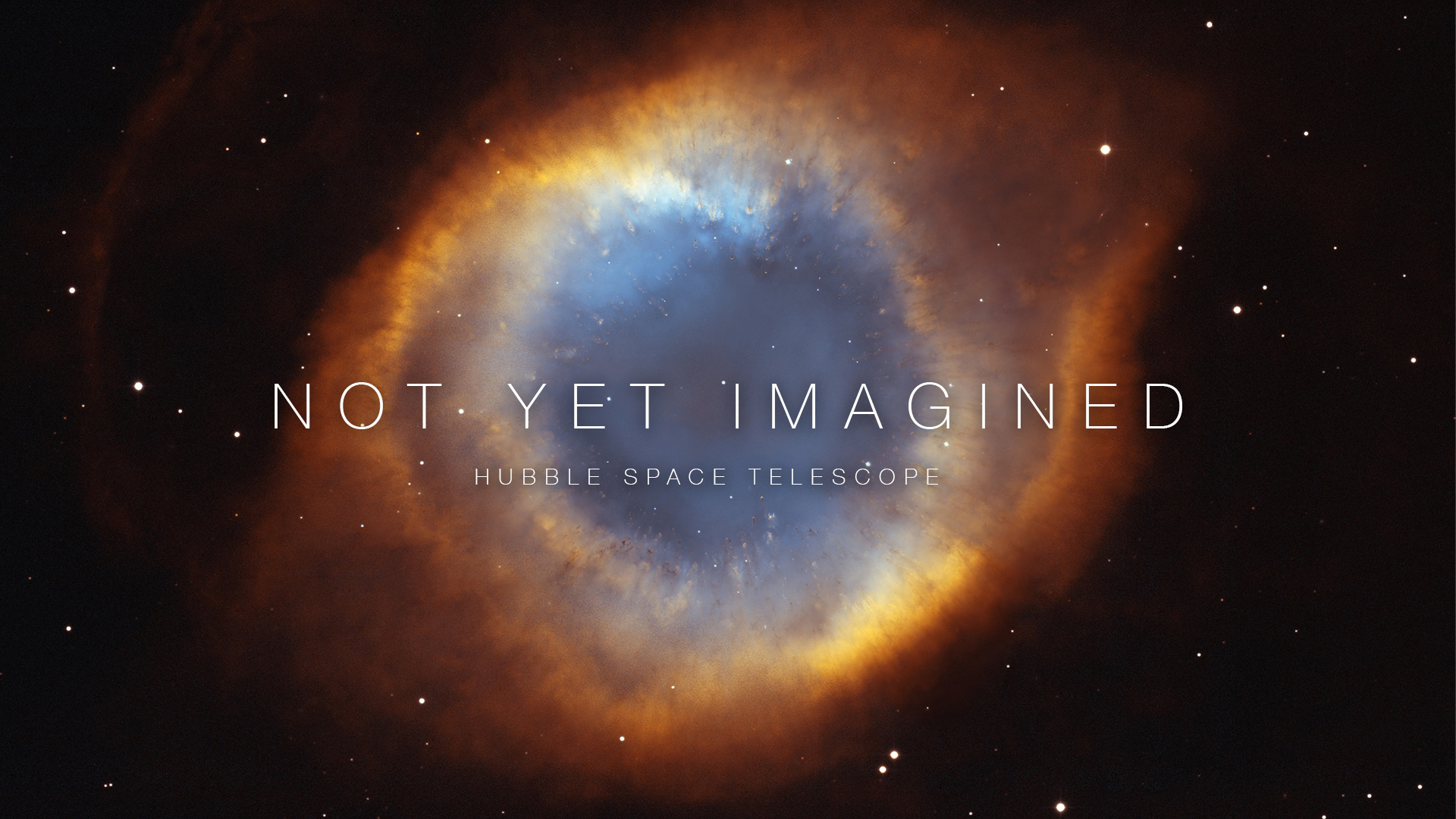
![Video for Servicing Mission 1“Building Downtown” by John Blease [PRS] via Abbey Road Masters [PRS] and Universal Production Music](/vis/a010000/a014100/a014114/SM1_REEL_WIDE_PRINT.jpg)
